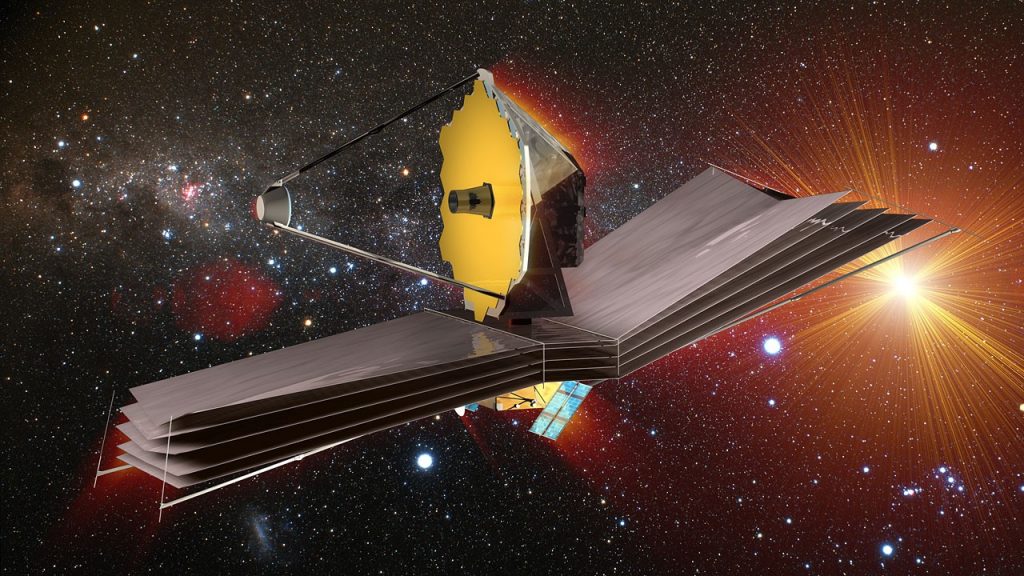The James Webb Space Telescope should be able to stay in orbit for more than a decade thanks to its fuel-efficient launch on Christmas Day, according to NASA.
The telescope was transported on the Arianespace Ariane 5. Despite two quick mid-course changes, the launch utilised less fuel than was anticipated. This will allow the $10 billion observatory to conduct “science activities in orbit for substantially longer than a 10-year science lifetime,” according to a statement issued by the US space agency.
The initial midcourse adjustment was a minor, 65-minute post-launch burn that increased the telescope’s speed by around 45 miles per hour. Then, on December 27, another minor revision added 6.3 mph.
This additional thrust also allowed the JWST’s solar array to unfurl roughly a minute and a half after it detached from the Ariane 5. The array was programmed to unfold automatically when the observatory reached a specific altitude.
Additional fuel will be required for “station-keeping” manoeuvres, which were previously used to change Webb’s orbit once it reached its goal on the other side of the planet, in an area known as the second Lagrange point, or L2. After that, it’ll be a million-mile journey that takes about six months.
While there, it will begin beaming back photos of the galaxy’s most profound and oldest regions, which are around 13.7 billion light-years away. It’s a huge step up from the Hubble Space Telescope, which debuted in 1990 alongside the Discovery space shuttle.
Source: NASA

